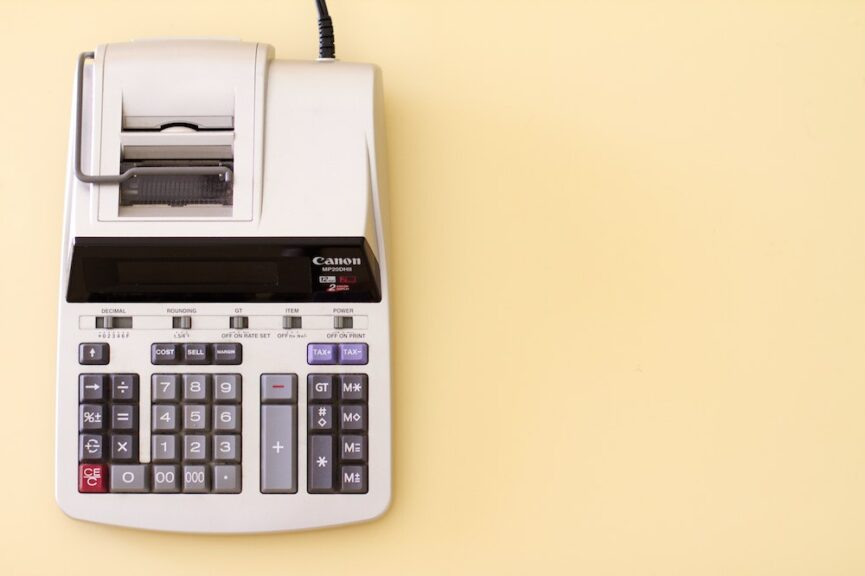As we rapidly approach Q4 (or possibly have just entered Q4 depending on when you read this), one of the foremost concerns on many small and medium-sized business owners’ minds is their fiscal year tax liabilities. No one loves paying the tax man — obviously — but if you think ahead and plan shrewdly, you can invest in critical areas of your IT and digital infrastructure and save a ton in tax payments while doing so.
CAPEX, OPEX and your business’s bottom line
Forgive us if we’re going over a few things you already know, but I find it helpful to at least give a little bit of context for anyone not steeped in accountant-ese. Based on what your business spends its money on, you can reduce your taxable income for the year in one of two ways.
CAPEX: CAPEX is short for ‘capital expenditure’, and it’s a category of business expense for the purposes of the IRS. Think of these as things that provide value for more than just a year (in our case, computers, servers, IT infrastructure… to put it other terms, if you run a trucking company, your trucks are CAPEX because you’ll use them for many years).
OPEX: OPEX are ‘operating expenses’, which are things or expenses for which the value is realized only within that fiscal year. The big one here is wages — you pay your employees for the work they do that year. They’re not assets in the accounting sense that you could sell them later, etc. Other OPEX would be things like your utility bills, office supplies like paper and staples, etc.
The big thing to note is that how the IRS treats CAPEX and OPEX is different. So if you’re claiming CAPEX, the IRS has a standard depreciation rate you use to claim tax offsets. For instance, the IRS typically categorizes computers as having a 5 year depreciation schedule. As such, if you spend, say, $20,000 on computers in Q4, you can depreciate $4,000 per year for five years… thereby claiming a smaller tax liability in each of the ensuing years by that amount, per year.
OPEX on the other hand is 100% tax deductible for the year in which the costs are incurred. So if you pay software license fees for Microsoft 365 across FY 2022, all those fees would lessen your tax liability for the year.
The small business loophole (that you should be using)
Now… after having said all of that, there is a special dispensation the IRS offers for small businesses that essentially lets you treat CAPEX as one time purchases, and your business can write down the full value of that purchase immediately (instead of spreading the deduction over the course of 5 years, for instance).
Section 179 key points:
- Section 179 allows businesses to take an immediate deduction for business expenses related to depreciable assets such as equipment, vehicles, and software.
- Section 179 is limited to a maximum deduction of $1,080,000 (or $2.7MM for property purchased) for 2022.
So, if you had a good year (or are staring down the barrel of a large tax liability for 2022), you have the option to purchase computers, network equipment, cybersecurity infrastructure, etc., and instead of depreciating it over the next 5 years, you can take the full deduction for FY 2022.
As with all things IRS-related, there are specifics for how much revenue you can earn, what types of expenses quality, and all of that. But, it’s absolutely something you should look into with your tax attorney or business accountant.
IT expenses are some of the most important investments you can make in the future health and profitability of your company. If you use the tax code to your advantage (and deploy some shrewd planning), you can take your business’s infrastructure to the next level… all while lessening your tax liabilities.
If you want to chat about what investments you ought to be prioritizing to achieve that — give us a shout. We love to chat IT infrastructure.


Dive straight into the feedback!Login below and you can start commenting using your own user instantly